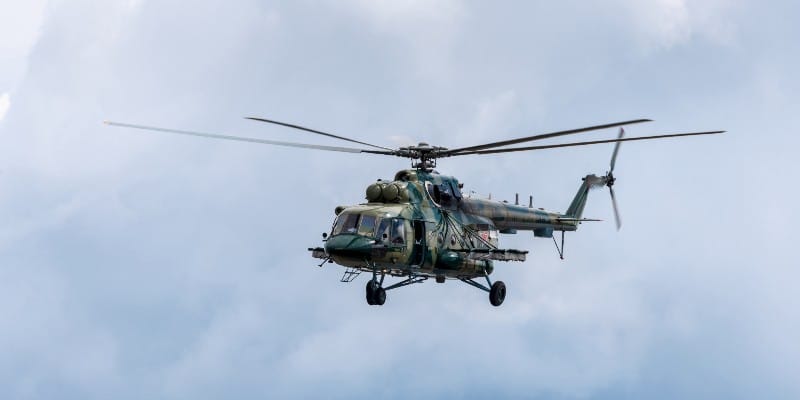Who will fly, fix, and fund the helicopters—and why?
One of the things that caught my eye in a February 2023 Special Inspector General for Afghanistan Reconstruction (SIGAR) report was the change in helicopters for the Afghan army. The report noted that the Afghan Air Force (AAF) was “familiar with the Soviet-made Mi-17 helicopter” and was “able to do most of the maintenance on those aircraft.” American officials estimated that by 2019, the AAF would be able to maintain these aircraft themselves, without help from other governments, contractors, or consultants.
But the Pentagon made the decision to change aircrafts from the Mi-17 “to the more complex U.S.-made UH-60 Black Hawk helicopter.” This shift, the report notes, “moved the date for AAF self-sufficiency back to at least 2030, 10 years after the United States committed to removing all U.S. military and contractor support from Afghanistan.” It doesn’t take a rocket scientist to predict what happened next.
Here’s how the report put it: “Former Afghan generals Sami Sadat and Haibatullah Alizai told SIGAR that the majority of the AAF’s UH-60s were grounded shortly after U.S. contractors withdrew. Sadat added that when the U.S. contractors withdrew, every aircraft that had battle damage or needed maintenance was grounded. ‘In a matter of months, 60 percent of the Black Hawks were grounded, with no Afghan or U.S. government plan to bring them back to life,’ he said.”
So, after spending billions of dollars procuring, training, and changing the dominant aircraft for the AAF, a majority are now grounded. This is all too common in development but I don’t believe it is intentional.
Asking this simple question, “Who will fly, fix, and fund the helicopters—and why?” has the potential to change an entire organization’s strategy. But asking that question is anything but simple.
I experienced a similar thing the first time I visited a poor community in Nigeria that lacked access to water. Instantly I “knew” the solution to the problem. Raise some funds and build a well. With the help of some good friends, that’s precisely what I did. The well worked for a few months, and then it eventually broke. Unfortunately, after that, I had no good mechanism for fixing it. I did not ask, “Who will use, fix, and fund the wells—and why?” So, much like the grounded helicopters in Afghanistan, virtually all the wells that my organization built stopped working. This represents much of the existing development paradigm.
Schools are built, hospitals are constructed, and infrastructure is developed to serve the vast majority of people in a community where these things don’t exist. These are important things planned, funded, and built by well-intentioned people. But the projects never last. They, like the helicopters and wells, break. And what started out as a bright idea designed to help people ends up being a reminder of the lack of progress in many communities globally.
What can be done about this?
First, leaders in development must resist the urge to simply provide “helicopters and wells” without asking these questions. Asking the questions will limit the “quantity” of what they can do in the short term, but it will pay dividends over time. If the Pentagon asked these questions, maybe 60% of the helicopters wouldn’t be grounded. If my organization paid more attention to developing the local capacity to fix the wells, some might still remain operational today.
Second, after asking the question of who will fly, fix, and fund the helicopters, leaders must ask another equally important question. Why?
While the United States was in Afghanistan, many of the country’s development indicators were going up and to the right. Right after the U.S. pulled out, the development gains began to and are still reversing. If the reason for “flying, fixing, and funding the helicopters” is not strong, then it is likely not to last. One way to make this strong is by connecting it to a market.
In our work, we espouse the transformative power of market-creating innovations. These innovations transform complicated and expensive products into simple and affordable ones, so many more people in society can access them. In doing so, they create jobs, boost taxes, and change the culture of a place. They also have staying power.
For example, Roshan, Afghanistan’s largest mobile telecommunications company, has invested more than $700 million in the country to develop its telecommunications infrastructure. From barely anything two decades ago, today close to 23 million people have access to mobile phones. In addition, the sector supports tens of thousands of jobs and provides much-needed tax revenue.
Long-lasting development is difficult. Most countries are in the low- or middle-income category. And the few that are wealthy are beginning to see their prosperity plateau, according to the recent Legatum Prosperity Index report. But long-lasting development is possible. However, it will not happen if leaders don’t begin asking the most important question and planning their strategy accordingly.



